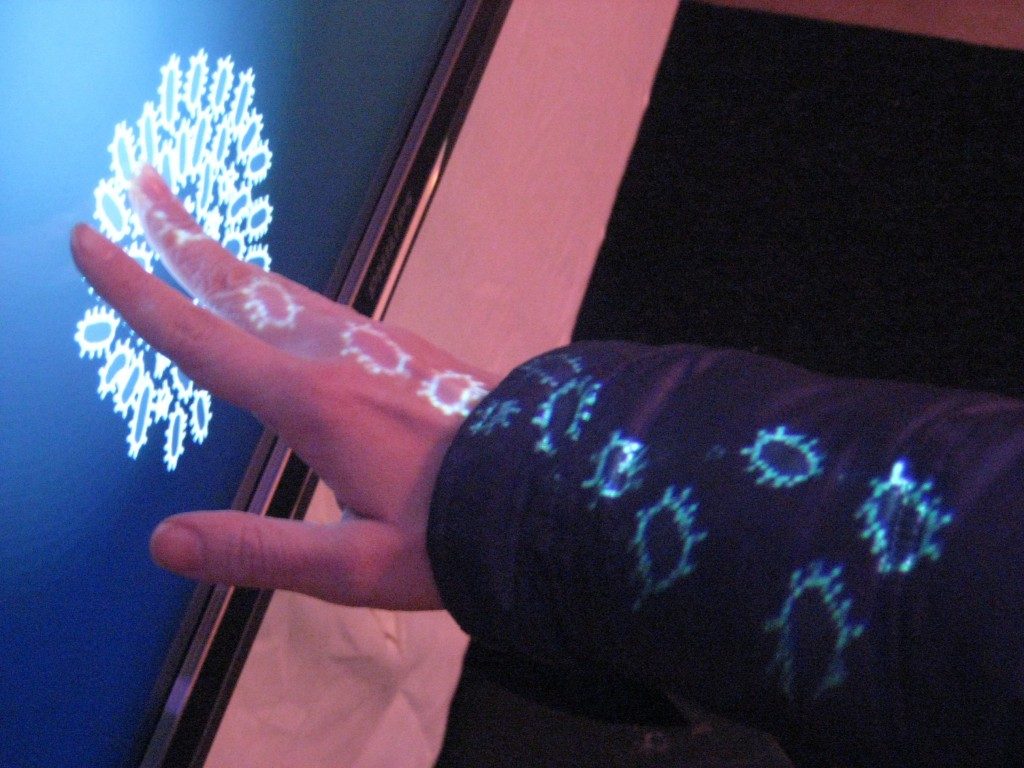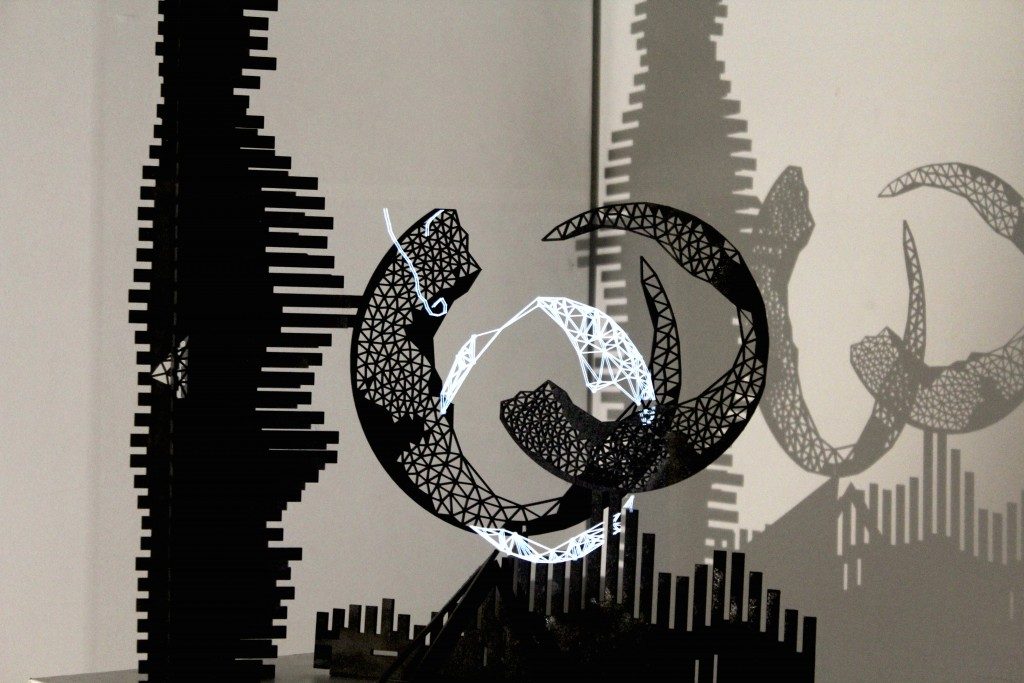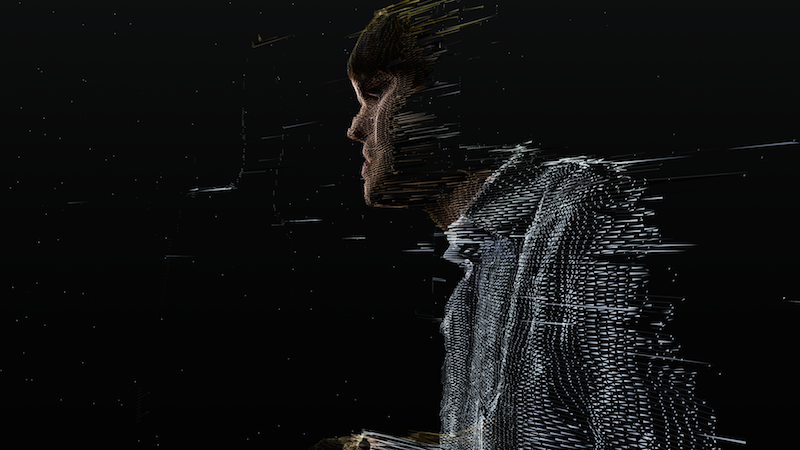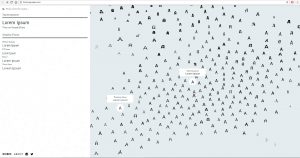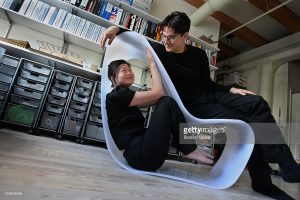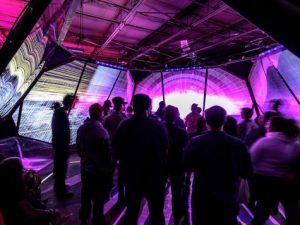“Eyeo 2015 Meejin Yoon” from Eyeo Festival //INSTINT
Meejin Yoon is Korean American Architect who graduated from Cornell University and received her Master in Urban Design from Harvard University. She effectively integrated responsive technologies and architecture to create interactive environment and public spaces.
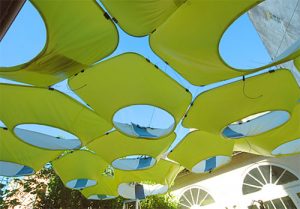

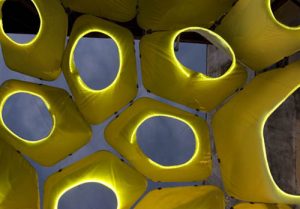 “Hover” in New Orleans by Meejin Yoon-interactive lighting installation
“Hover” in New Orleans by Meejin Yoon-interactive lighting installation
One of her projects, “Hover”, shows a nice combination of her interest in responsive technology and interactive environment. Hover is a temporary canopy fir the DesCours festival. It is a luminous canopy that has both LEDs and “photovoltaic” cells that power them. She took inspiration from human body cell to create this interactive installation. The installation reacts to the surrounding environment, emitting more light on sunny days and less on cloudy days.
How she used the material and how the material or system reacts to its surrounding is very inspiring. Everything she creates and every material she uses is very intentional as aesthetic as well as systematic. And the result of the practicality of materials, space, and interactive potential created a public installation that interacts with the viewers.
![[OLD FALL 2017] 15-104 • Introduction to Computing for Creative Practice](../../../../wp-content/uploads/2020/08/stop-banner.png)
